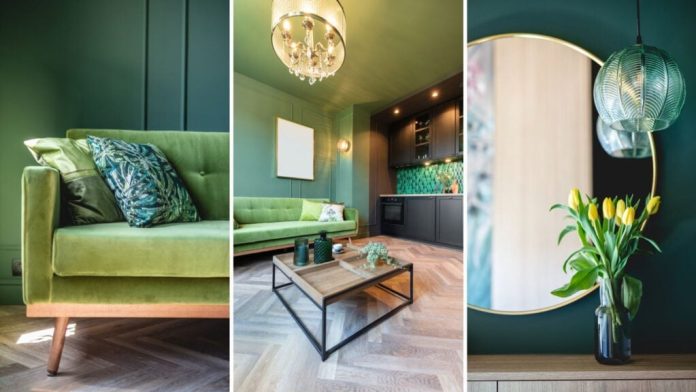Broker Nick Schlekeway offers a staging prescription for marketing your next listing and engaging the perfect buyer.
Bigger. Better. Bolder. Inman Connect is heading to San Diego. Join thousands of real estate pros, connect with the power of the Inman Community, and gain insights from hundreds of leading minds shaping the industry. If you’re ready to grow your business and invest in yourself, this is where you need to be. Go BIG in San Diego!
One of the most common questions I get from agents and sellers alike is, “Does staging really make that big of a difference?” The short answer? Yes — and it’s not even close. In fact, if you’re not making staging part of your selling strategy, you’re leaving serious money and opportunity on the table.
Staging is more than just furniture and decor. It’s about creating an emotional experience and helping buyers visualize their future in a home. It’s about making a property feel warm, inviting and functional — and removing anything that distracts from its potential. As agents, it’s our job to bridge the gap between what a house is and what it could be in the eyes of a buyer.
Buyers have little imagination. You have to do the heavy lifting
One thing I’ve taught my agents for years is that buyers, for the most part, don’t have the time or mental space to imagine what a home could be. They’re busy. They’ve been scrolling Zillow for months, they’ve toured multiple properties, and they’re overwhelmed. Add in the fact that many buyers don’t even know exactly what they’re looking for, and it’s clear why staging is so powerful.
When buyers walk into a vacant home, they’re greeted with echoes and empty spaces. It feels cold and disconnected, and it’s hard for them to picture how their furniture would fit or how they would use the space. Conversely, if they walk into a home that feels cluttered, personal, and overstuffed with someone else’s life — family photos everywhere, walls painted in bold colors or furniture that overwhelms the room — they can’t see past it.
Staging is about presenting the home in its best light, making it easy for buyers to imagine themselves there without having to work too hard. You’re not just placing furniture — you’re telling a story, and that story needs to be simple, clean and compelling.
The couch shows them how big the living room is. The dining table placement helps them imagine family gatherings. The neutral decor allows them to project their own style onto the space. All of this helps buyers move from “I’m not sure” to “I can see us here.”
Striking the right balance
The biggest challenge with staging is balance. Too empty, and the space feels sterile and uninviting. Too full or too personal, and buyers feel like they’re intruding in someone else’s life. The sweet spot is a space that feels intentional, warm and welcoming, but still leaves room for imagination.
This also extends beyond furniture. The exterior matters just as much. Landscaping, clean entryways, fresh paint and small details like new doormats or well-maintained walkways make a huge difference. Buyers are making judgments before they even walk through the front door. Staging includes curb appeal. It’s all about first impressions.
What’s often overlooked is the psychological aspect. Buyers want to feel like they’re stepping into their next chapter — not someone else’s final one. A staged home offers them that fresh start. It shows care, effort and professionalism, all of which translate into perceived value.
The proof is in the results
Here’s the thing: The statistics back this up. According to industry data from the National Association of Realtors, 20 percent of real estate professionals said staging led to higher sale prices, while 27 percent agreed that staged homes sold in less time. Perhaps more importantly, 81 percent reported that staging improved buyer visualization, and a staggering 89 percent noted that it had an overall positive impact on the sale.
These numbers aren’t just anecdotal — they’re consistent. Staged homes generate more interest, sell faster and tend to command stronger offers. In a competitive market, that edge is invaluable. Staging builds trust and creates emotional momentum. It turns browsers into buyers.
At the end of the day, our job as agents is to remove obstacles for buyers and make the process as easy and appealing as possible. Staging is a key part of that. It helps buyers fall in love with a home before they even know why.
So here’s my question for you: Are you making staging part of your strategy? If not, why not? Get focused on how to have this conversation with your sellers, how to access the right resources and how to build staging into your listing presentation.
Nick Schlekeway is the founder of Amherst Madison, a Boise, Idaho-based real estate brokerage. Connect with him on LinkedIn.




